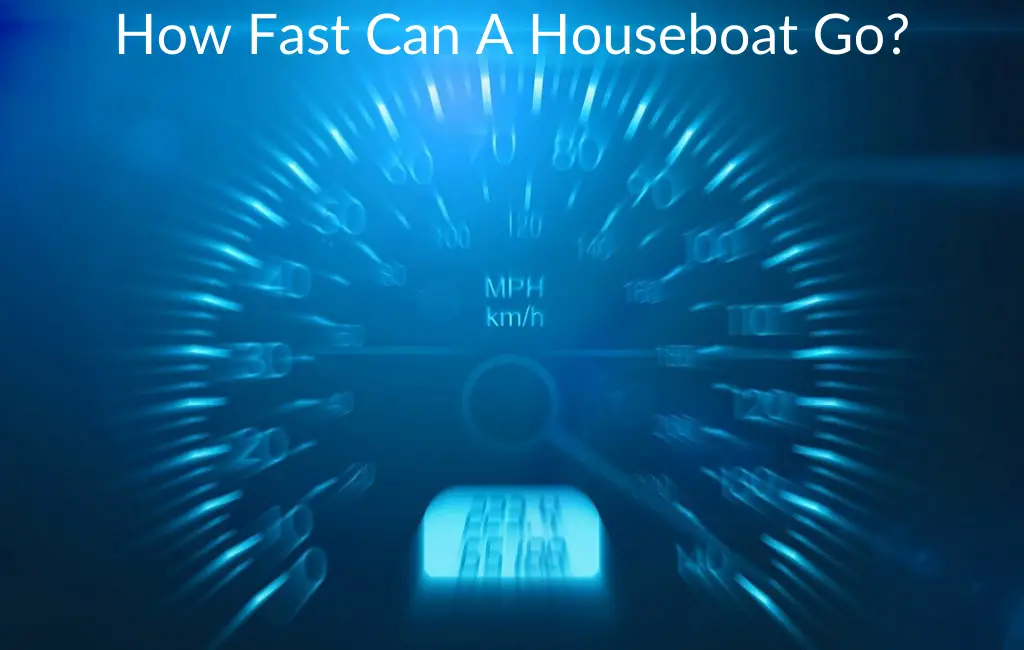*This post may contain affiliate links. As an Amazon Associate we earn from qualifying purchases.
It is very important to have storage when you are on the move but especially when you won’t be passing by any grocery stores… cause you are on a boat! While you are visiting someplace or travelling you cannot stop wherever you want to grab some food or try to buy every little item on the way wherever you stop.
You will want to have enough food and drinks on hand to last you either the whole trip or until you are able to get to the next larger town/city which is where a boat refrigerator is really important. Without a fridge on board your boat you will only be able to take canned items which can obviously get old pretty fast.
One thing that people often wonder about is why fridges that are designed to go on a boat are so incredibly expensive. After All you can get a small apartment fridge for quite cheap but marine fridges aren’t cheap at all!
Why are boat fridges so expensive?
One of the main reasons that boat/marine refrigerators are so expensive is because they are typically designed to run on both AC and DC current which means whether you are at the dock, or running on your batteries the fridge will work the same. They are also expensive because they are designed to be more efficient and use less power so as not to drain your batteries while you are on the water.
Often people feel like they could just buy a normal fridge and stick it on their boat and it would work just fine. While you are at the dock connected to normal power that might be true however as soon as you go to battery or generator power you will quickly notice how much power a normal fridge draws.
Of course you will also have to rig something up for the fridge to be able to run on DC current as well while on the water.
Having a fridge while on the water is a necessity for most people as you can easily stock a week’s worth of food or more and then supplement it with canned goods, pasta, etc. Plus everyone likes having a cold drink while on the water rather than having it be warm!
One huge downside to boat fridges is that they are often quite a bit smaller than a traditional fridge. Again, this is to keep their power consumption down so that way it doesn’t drain all of your power on the first day. While it might seem that not having a bunch of room in your marine refrigerator is a bad thing it is actually helpful in keeping you on the water for longer.
However, boat fridges cost a lot and there is no way around that but when you consider all of the technology that goes into a fridge that has to run on two different types of power the price starts to make sense.
In the rest of this article we will look a little bit more carefully at how exactly a boat fridge works as well as things that you can do to make it more energy efficient. After all, the more energy efficient your boat refrigerator is the longer you can stay on the water!
How does a boat fridge work?
Before going into the specifics about a certain machine we should know a little bit more about how it works. Below is listed some information about how a boat fridge keeps everything inside of it cold all the time (ideally).
- First of all, there is a compressor. It compresses the refrigerant gas and thereby reduces its volume. Its temperature is raised and the compressor pumps the refrigerant gas to the condenser.
- In the condenser, the gas is allowed to dissipate the rising heat from the change in the pressure. As it cools the gas condenses into its liquid form. After this, it flows through the expansion valve.
- In the expansion valve, the refrigerant flows from a high-pressure zone to that of lower pressure. This causes it to expand, vaporize, as well as cool very rapidly as it enters the cold plate.
- There are coils that are fitted inside the cold plate. These allow the refrigerant gas to absorb some amount of heat from the surrounding air.
- After this, the refrigerant gas again goes back to the compressor. The cycle then keeps on repeating and the temperature keeps on getting lower. The process stops once the temperature that is set on the thermostat inside the fridge is reached. The compressor is then turned off until the temperature goes up , which again starts the process above all over again.
How to make your boat fridge more energy efficient?
As we just saw the process that is used to lower the temperature in your boat fridge it is obviously quite fascinating and a bit complex. However, it surely takes up a lot of energy to do all of that work. While on a trip on the water you will want to save as much energy as possible so you don’t run out until you get to the next marina or until your time on board is over.
So here are some tips that will help you to save some energy when you are using a marine fridge.
Insulation
Typically a fridge must have six layers of insulation. However, most marine fridges have about four layers of it. Smaller fridges that have a much smaller capacity may have insulation even lower than the typically used number of layers.
Increasing the installation of your marine fridge will surely help you to make it more power efficient and consume less energy. However you shouldn’t just wrap the entire thing in insulation as it still needs to draw in air so make sure that you know what you are doing before you start insulating.
Compressor location
It may not seem so from the outside, but the position of the compressor of the fridge that your boat has again makes a big difference in the energy consumption of the machine. It can sometimes cause a lot of unnecessary power consumption if it is in a corner where there is almost no ventilation available and hence no way of allowing the heat formed to dissipate. (See what I mean about putting insulation in the wrong spot)
The best solution would be to move the compressor to a position which has a better area that will let the air flow and the heat escape effectively. You can take professional advice as to how far up the compressor should be mounted.
Top loading or front opening
Mostly all boat fridges used to be the top opening style. This was done so that the cold air could not and would not escape from below if and when the lid was kept open since hot air rises. However, there is now a growing trend of using more traditional front open refrigerators on board boats as well.
This makes the machine less energy efficient.
This extra energy consumption is not an issue of too much concern if you are only out for a day or two. However, if you are someone who takes a boat to much more remote places or for several days, then this could honestly pose a difficulty for the vessel.
Choose your marine refrigerator type wisely!
Conclusion
Stocking up while going travelling on the water is indeed an art to learn. No extra baggage should be taken and only the essentials will find their place in the backpack. However with boat fridges, you don’t need to worry about the food that you can bring with you.
Just make sure to only bring the amount that will fit in the fridge and then use the dry storage for canned goods and pastas to make your meals just right and your trip will be quite enjoyable all around!









